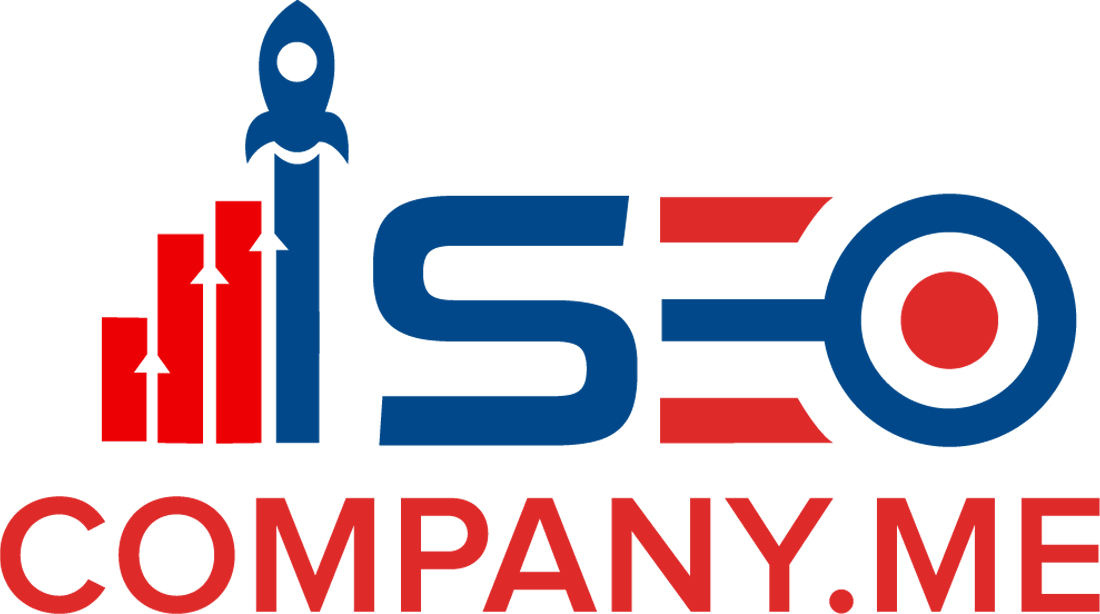The digital landscape is evolving rapidly, and staying ahead in search rankings requires continuous adaptation. On-page SEO remains a critical factor for website visibility, driving organic traffic, and ensuring that your content reaches the right audience. While off-page strategies like link building and social media promotion are important, on-page optimisation ensures that your website communicates clearly with search engines and users alike.
In this guide, we explore practical, up-to-date strategies for optimising websites in 2026, ensuring your content is structured, accessible, and fully optimised for both search engines and visitors.
1. Optimise Title Tags and Meta Descriptions
Title tags and meta descriptions are the first elements users see in search results. They influence both rankings and click-through rates.
- Include primary keywords naturally within the title tag.
- Keep titles under 60 characters for optimal display on search engines.
- Write compelling meta descriptions (150–160 characters) summarising the content.
- Ensure both title and description accurately reflect the page content.
Properly optimised tags improve visibility, attract clicks, and help search engines understand your content’s relevance.
2. Use Header Tags Strategically
Header tags (H1, H2, H3) structure your content for readability and SEO. They help search engines understand the hierarchy and main topics of your page.
- Use a single H1 tag per page with the main topic.
- Incorporate H2 and H3 tags to break content into readable sections.
- Include keywords naturally in headers without keyword stuffing.
- Ensure headers guide readers through the content logically.
Strategic use of headers improves user experience and signals relevance to search engines.
3. Optimise URL Structure
URLs are an often-overlooked on-page SEO element. Clean, descriptive URLs make it easier for users and search engines to understand page content.
- Keep URLs short, readable, and keyword-rich.
- Avoid unnecessary parameters and numbers.
- Use hyphens to separate words for clarity.
- Ensure URLs match the page topic closely.
Well-structured URLs enhance crawlability and improve the likelihood of higher rankings.
4. Enhance Content Quality
Content remains the cornerstone of effective on-page SEO. High-quality, informative, and engaging content keeps users on your site longer and improves ranking potential.
- Create content that addresses user intent and answers questions.
- Use a mix of short and long-form content to provide depth.
- Include visuals like images, infographics, and videos for engagement.
- Regularly update content to maintain relevance.
Search engines prioritise content that is valuable, accurate, and well-organised.
5. Internal Linking for Better Navigation
Internal linking helps distribute link equity across pages and improves user navigation. Proper linking also allows search engines to index pages effectively.
- Link relevant pages using descriptive anchor text.
- Avoid over-linking or using generic terms like “click here”.
- Ensure high-priority pages are linked more frequently.
- Update links when content is refreshed or reorganised.
Effective internal linking enhances SEO performance while keeping visitors engaged.
6. Optimise Images and Multimedia
Visual content improves user experience, but improperly optimised images can slow down your site, affecting SEO.
- Compress images to reduce file size without sacrificing quality.
- Use descriptive file names with relevant keywords.
- Include alt text to describe the image for accessibility and SEO.
- Ensure videos are embedded responsibly and do not hinder page load times.
Optimised multimedia contributes to faster loading times and better accessibility, boosting SEO.
7. Focus on Mobile-Friendly Design
With mobile-first indexing, search engines prioritise mobile-optimised sites. A responsive design improves usability and ranking potential.
- Use responsive themes and flexible layouts.
- Test mobile performance using Google’s Mobile-Friendly Tool.
- Simplify navigation and ensure buttons are easily clickable.
- Avoid intrusive pop-ups that interfere with mobile users.
A seamless mobile experience keeps visitors engaged and signals quality to search engines.
8. Improve Page Speed
Website speed is a critical ranking factor and affects user satisfaction. Slow-loading pages lead to higher bounce rates and lower rankings.
- Minimise JavaScript and CSS files.
- Use browser caching and content delivery networks (CDNs).
- Optimise images and video files.
- Regularly monitor speed with tools like Google PageSpeed Insights.
Fast-loading pages not only improve rankings but also enhance user experience, encouraging longer sessions.
9. Optimise for Semantic Search
Search engines increasingly rely on semantic search to understand context and user intent. Optimising for semantic relevance improves the likelihood of appearing in featured snippets and voice search results.
- Use related keywords and synonyms naturally within content.
- Answer common questions clearly and concisely.
- Include structured data markup to help search engines understand content.
- Focus on topics rather than just individual keywords.
Semantic optimisation aligns your content with modern search engine algorithms, improving visibility and relevance.
10. Monitor and Analyse Performance
On-page SEO is not a one-time task. Regular monitoring and analysis help identify areas for improvement and track performance.
- Use tools like Google Analytics and Google Search Console to track traffic and rankings.
- Analyse bounce rates, session duration, and click-through rates.
- Identify pages with high exit rates and optimise content accordingly.
- Continuously test new strategies to maintain competitiveness.
Data-driven insights allow for continual improvement, keeping your website aligned with search engine updates.
Before concluding, it is essential to note that businesses looking to maximise the benefits of on-page optimisation often partner with a trusted SEO Company in Singapore to ensure their website adheres to current best practices and achieves sustainable growth.
Final Takeaway
Optimising your website for on-page SEO in 2026 requires a comprehensive approach that blends technical optimisation, high-quality content, mobile responsiveness, and a superior user experience. From meta tags and headers to multimedia, internal linking, and page speed, every element plays a crucial role in improving visibility and driving organic traffic.
At seocompany.me, we offer professional on-page SEO services designed to enhance your website’s performance, boost search rankings, and increase organic traffic. Partner with us to achieve measurable results and long-term digital success.
Frequently Asked Questions
1. What is the difference between on-page and off-page SEO?
On-page SEO focuses on elements within your website, such as content, meta tags, and page structure, while off-page SEO involves external factors like backlinks, social signals, and online mentions.
2. How often should I update my website for SEO?
It’s recommended to review and update website content, fix broken links, and optimise technical aspects at least quarterly, with a comprehensive review annually.
3. Can on-page SEO alone improve search rankings?
While on-page SEO forms the foundation for search visibility, combining it with off-page strategies, quality content, and user engagement metrics ensures maximum results.




